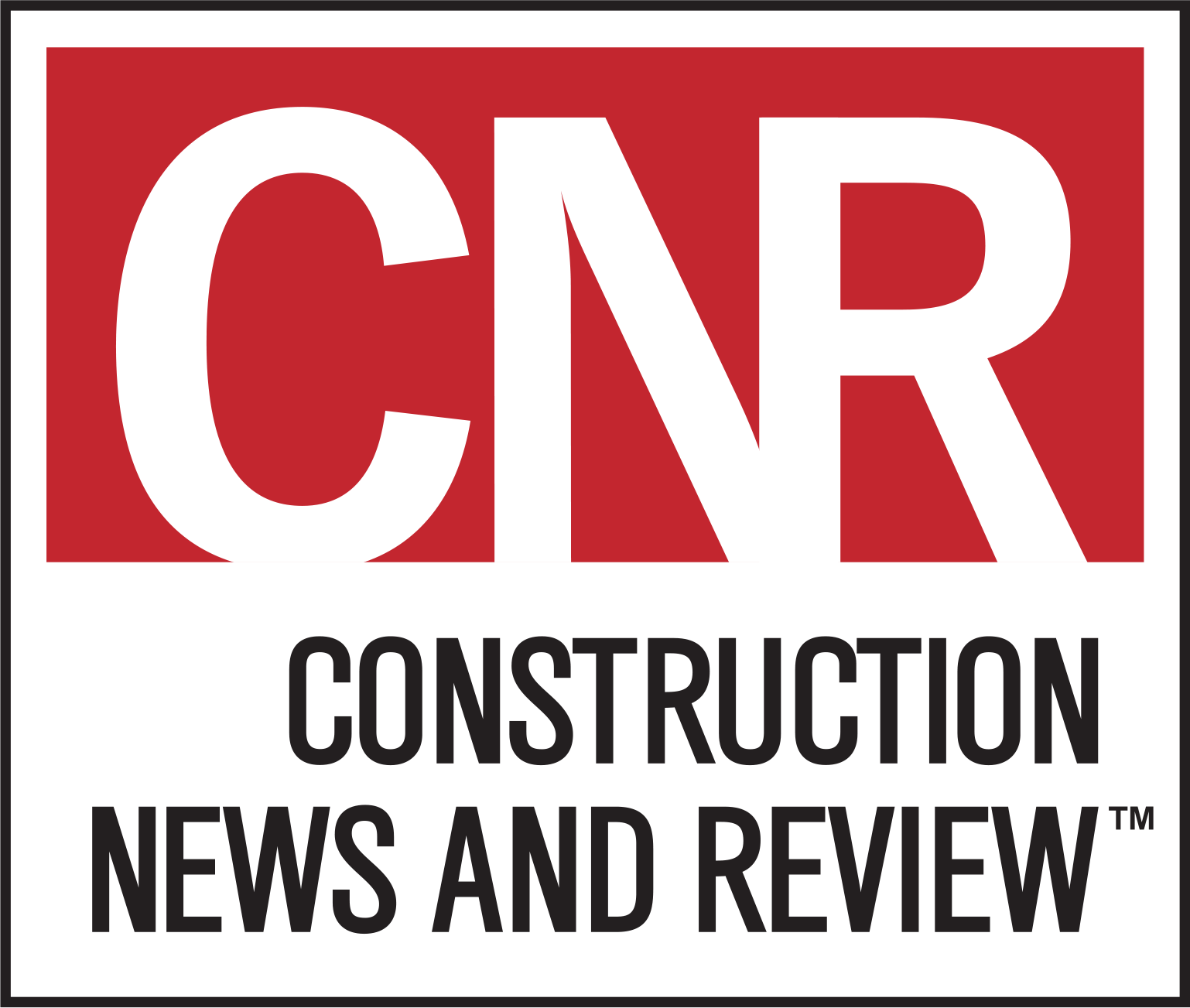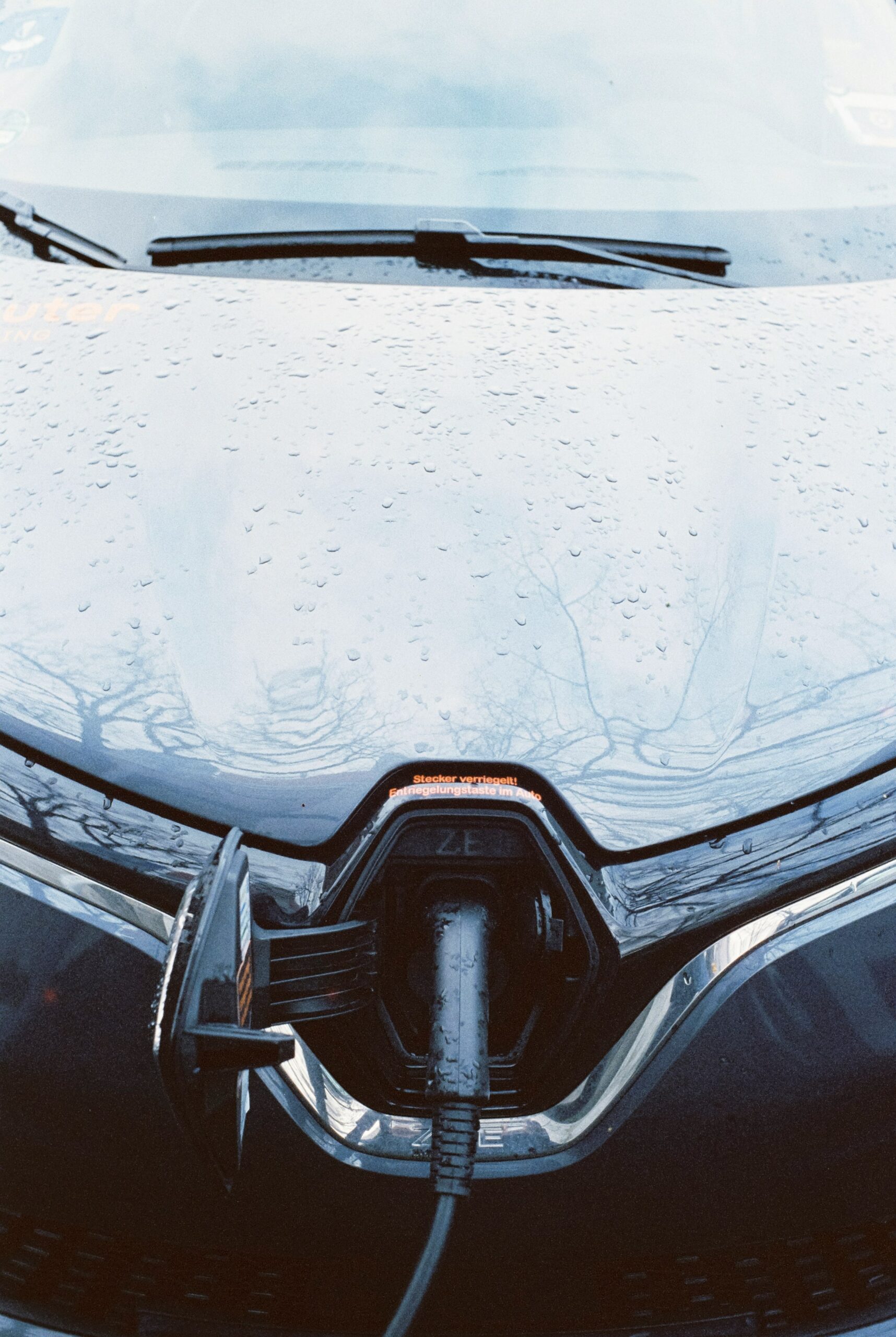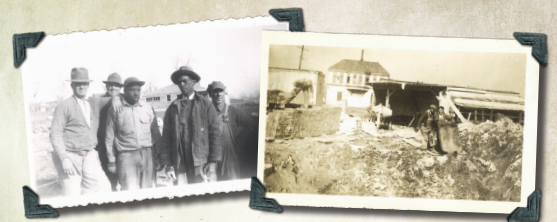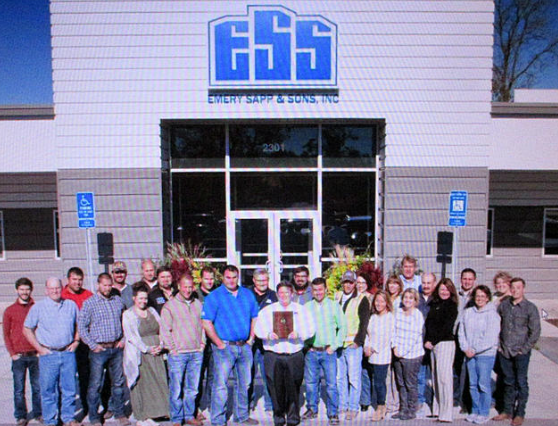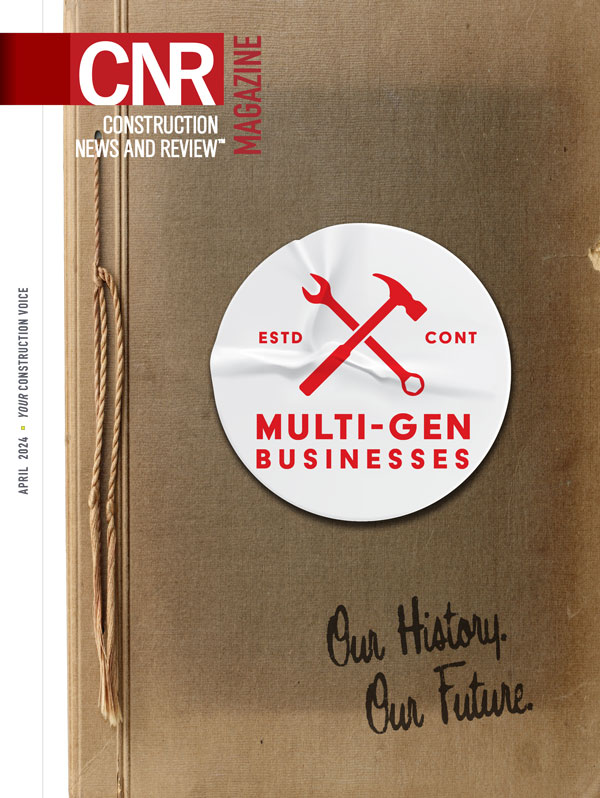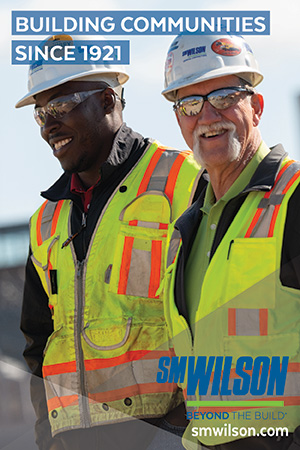EV Battery Plants See Huge U.S. Growth
By LUANNE JOREWICZ
Since August 2022, when Biden signed the Inflation Reduction Act into law – a portion of which includes the goal of reducing carbon emissions by 40 percent by 2030 – manufacturers have been initiating the design and construction of electric vehicle battery plants in an effort to onshore production away from China.
The number of battery plants has blossomed in the United States since then. Before the law went into effect, just two factories existed in the U.S. and two more were planned. Today, 30 EV battery factories are either operational or under construction.
Says Steven Craig, economist and professor at the University of Houston, “Some of the companies anticipated the subsidies; auto companies committed as of 2020 $100 billion into EVs. Everyone knew they were coming. The lithium battery wasn’t even available 10 years ago and battery technology has improved a lot. So that’s why it’s hard to measure the stimulus.”
Panasonic, which has been in the battery manufacturing business for decades, is building what it claims is the world’s largest EV battery plant in Kansas. It’s Panasonic’s second plant in the U.S., following the one in Nevada that runs inside a Tesla factory, which also is undergoing an expansion.
According to Craig, everyone’s impatient to make good use of the IRA money, but he signals caution.
“Impatience can cause a lot of resources to get wasted,” Craig says. “And choices are made that may not end well. This winter, we found that the batteries don’t work well in the cold, and car sales have taken a hit recently because of it. That’s the danger of government subsidies having such a quick impact.”
Craig adds that if some other chemical is found to make batteries charge more quickly, this investment in lithium batteries may turn out to be ill directed.
“When you do something in a hurry and when government funding subsidizes a particular entity such as lithium batteries, the probability of mistakes goes up.”
Scott Watkins, senior vice president of advanced manufacturing for Clayco, talks about its work in the field.
“We pride ourselves on driving efficiency and avoiding mistakes,” says Watkins. “With a factory that may cost $1 billion to build, if you can drop out $1 million or $2 million, it’s important. And we see the cost to produce for one client can vary by 30 percent for supply chain inefficiencies, so we try to help our clients achieve the optimal outcome.”
Watkins notes that it requires a specific expertise to get the supply chain right.
“A lot of components go into that battery, and they have their own tier facilities, so the supply chain is complex,” he says.
Clayco began building its first EV battery plant for a client 12 years ago, when only a few were being built. Today, it’s more of a science, according to Watkins.
For example, site selection remains a huge part of the process. EV battery manufacturers will have a contract commitment to produce a certain amount of batteries, he says, so it’s incumbent on the manufacturer to pick the right location and proximity to skilled labor and raw materials and ultimate clients, not to mention a reliable source of water and energy. It takes at least 100 megawatts of electrical load to run such a facility, Watkins says. Once the location is selected, the builders are brought in.
Along the way, however, builders like Clayco play an important role.
Watkins says, “We roll up our sleeves pretty early in the process to ensure that the ultimate needs of the manufacturer – and the builder – are going to be met.” There are always a lot of meetings, he says. Usually, they’re dealing with multiple stakeholders across multiple time zones, working on a variety of issues, like identifying how much space they’ll need and articulating supply chain issues.
“We like to gravitate toward high-profile projects and figure out how to help our clients exceed their goals and objectives,” says Watkins. “That’s why we do construction-led design: you have to design the facility that facilitates the critical path, while still economizing the design to make it more efficient. It’s part of our DNA, who we are.”
Such projects are extremely complex, adds Watkins. There are clean and dry rooms to be built, and they have to ensure low humidity and a clean space. It’s very different from typical manufacturing sites, he says.
Even so, it looks like there’s enough work for the foreseeable future.
“There’s a massive amount of work going on in the space,” says Watkins. “All the (EV battery manufacturing) projects are ongoing at the same time, and each one is competing for all the same people and supplies…it’s an unprecedented demand across the sector, and the greatest risk it’s ever been. But we’re up for the task.”
Fresh Content
Direct to Your Inbox

YOUR CONSTRUCTION VOICE IN ST. LOUIS AND BEYOND
Join CNR Magazine today as a Content Partner
As a CNR Content Partner, CNR Magazine promises to support you as you build, design and engineer projects not only in and around St. Louis, but also across the U.S. CNR is equipped and ready to deliver a dynamic digital experience paired with the top-notch, robust print coverage for which you’ve always known and respected the magazine.
